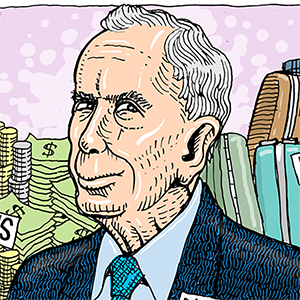Russia plans to annex parts of Eastern Ukraine – an Eastern European expert explains 3 key things to know about the regions at stake
Published in News & Features
As Russia turned to conscript fighters in these breakaway regions to fill front lines, Zaporizhzhia and Kherson have been fighting against Russia since the start of the war.
In March 2022, Ukrainian President Volodymyr Zelensky awarded the honorary title of “Hero City” to Kherson for its fierce defense against Russian forces during the early days of the war.
Russia still does not fully control any of the four regions. Zelensky vowed in August 2022 to not hold any peace talks if the Kremlin proceeded with the referendums in the occupied areas.
Most Ukrainians who live in the Donbas region speak Russian. But before the full-scale war in 2022, many of these people still preferred to identify as having mixed Ukrainian and Russian identities – or, otherwise, as a person from the Donbas or a Ukrainian citizen.
The Donbas region was home to about 6.5 million people before the 2022 invasion, out of a total 43 million in Ukraine.
The region was once known for its industrial output and coal mines, some of which Russia has seized control of during the war.
Today, all four of the occupied regions are active war zones that many residents have fled. According to the United Nations Refugee Agency, over 11 million Ukrainians have left the country since February 2022.
There are also up to 7 million Ukrainians who have been uprooted from their homes but still live in Ukraine, making them internally displaced. More than 60% of the internally displaced Ukrainians are from the eastern regions.
As a result, the Russian referendum votes were conducted without accounting for the opinion of half – or even the majority – of the population in these territories.
In 2014, when Luhansk and Donetsk first proclaimed their independence, the majority of the people there said they preferred to be part of their own republic, rather than becoming a part of Russia. Approximately 52% of people in these regions at the time said they were against joining Russia, while 28% in Donetsk and 30% in Luhansk supported it, according to the Kyiv International Institute of Sociology, a private research group in Ukraine that conducts sociological and marketing research.
...continued







Comments